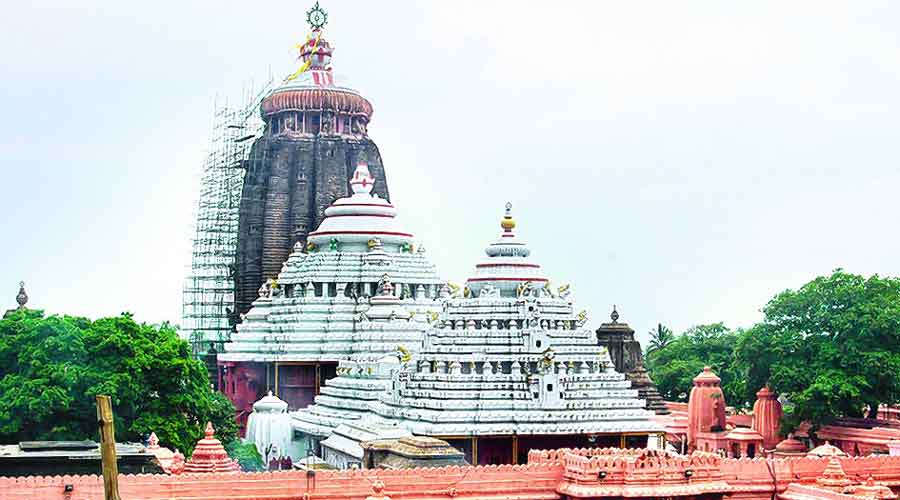Miscreants have destroyed more than 40 mud chulhas (open ovens) of the 12th century Shree Jagannath temple in Puri.
The chulhas are located inside the Rosasala (kitchen), situated in the south-eastern part of the world famous shrine. It has 240 ovens or chulhas on which cooking is done in earthen pots. The incident took place on Saturday night.
Police are yet to arrest anyone in connection with the vandalism. However, it has raised serious questions about lapses in the security of the shrine itself. Puri district collector Samarth Verma rushed to the temple to study the situation. The reason behind the vandalism is yet to be established and miscreants yet to be identified.
The temple administration has begun a probe. “Direction has been issued to submit the report within two days. Action would be taken against those who are responsible for the vandalism,” administrator of the temple (Development) Ajay Kumar Jena told reporters. Sources said the infighting between two groups of servitors had led to the destruction of the kitchen. However, the chulhas have been repaired and the mahaprasad (cooked foods offered to the deities and devotees) is being cooked. “The situation at present is normal though palpable tension continues,” said an official.
The kitchen of the Jagannath temple caters to devotees and the mahaprasad is cooked for 10,000 devotees everyday. The kitchen can easily cook food for more than one lakh devotees any day.
The mahaprasad is cooked in earthen pots. Several types of hearths are used for this purpose. Only earthen pots are used to cook the mahaprasad. Only a particular kind of servitors (members of supakara niyoga) are allowed inside the Rosasala.
“The offerings made to the deities are called Chhapan Bhog (56 dishes) but in reality the kitchen prepares 110 items, including ghee rice, jeera rice, sweet rice and a variety of dals and peethas (cakes). The demand for these items goes up on festive occasions,” said a former temple management committee member.
Around 600 supakara niyoga members are directly engage in the job of cooking. “Only they are allowed inside the kitchen. The helpers who wash rice and cut vegetables remain outside,” said a senior servitor.










